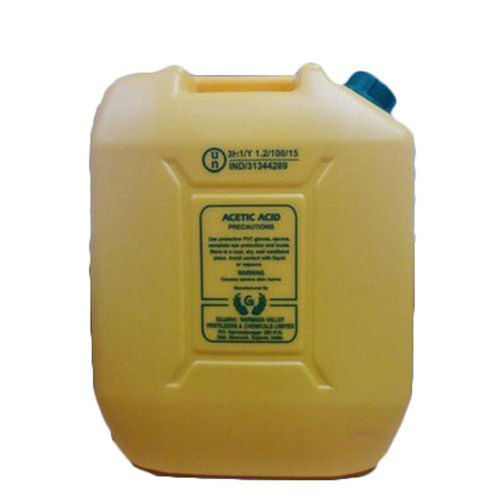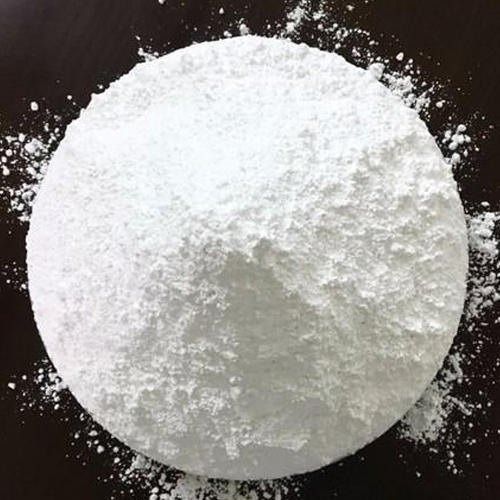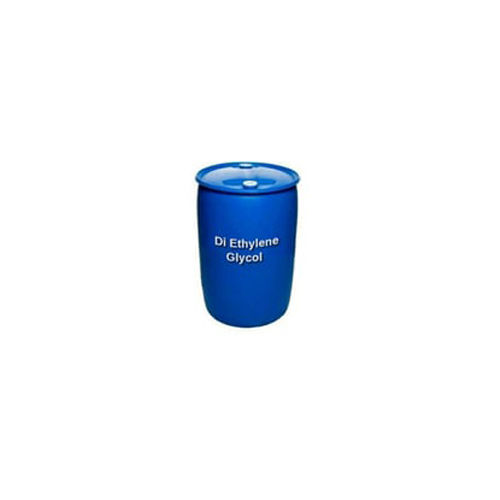Mon-Sat:10.00am to 7.00pm
Mon-Sat:10.00am to 7.00pm
Chloroform Powder
Product Details:
- Application Industrial
- Storage Room Temperature
- Poisonous YES
- Click to View more
Chloroform Powder Price And Quantity
- 100 Kilograms
- 205 INR/Kilograms
Chloroform Powder Product Specifications
- Room Temperature
- Industrial
- YES
Chloroform Powder Trade Information
- Cash Advance (CA)
- 5000 Kilograms Per Month
- 10 Days
- Asia Australia Central America North America South America Eastern Europe Western Europe Middle East Africa
- Telangana East India Lakshadweep Chandigarh Dadra and Nagar Haveli Arunachal Pradesh Jharkhand Kerala Daman and Diu Central India Andaman and Nicobar Islands Nagaland Bihar Tamil Nadu Madhya Pradesh Andhra Pradesh Maharashtra West India South India West Bengal Assam Sikkim Gujarat Karnataka Goa Uttar Pradesh Odisha Pondicherry Rajasthan Tripura Punjab Chhattisgarh Uttarakhand Mizoram Manipur Haryana Jammu and Kashmir Delhi Himachal Pradesh Meghalaya North India All India
Product Description
FAQ
1. What safety measures need to be performed when using chloroform?
Ans - Stay away from skin, eyes, and clothing contact. Before to breaks and right away following product handling, wash your hands. Facial shield and eye protection Employ eye protective equipment that has been examined and approved in accordance with the relevant regulatory requirements, such as NIOSH (US) or EN 166. (EU). Use gloves when handling.
2. What purpose does powdered chloroform serve?
Ans - Chloroform is a solvent, or a chemical that aids in the dissolution of other substances. It is also employed in the manufacture of pesticides and films, as well as in the building, paper, and board industries. For lacquers, floor polishes, resins, adhesives, alkaloids, fats, oils, and rubber, it serves as a solvent.
3. How long may chloroform be kept?
Ans - The shelf life of chloroform stabilised with amylene is about 12 months. There is proof that ethanol, which is present in higher percentages, works better as a stabiliser; ethanol-stabilized chloroform typically has a shelf life of 5 years. For further instructions and information, refer to the SDS for chloroform.
4. What purpose does chloroform serve in industry?
Ans - Utilizations of Chloroform
Iodine, alkaloids, lipids, and a few other compounds can all be dissolved in trichloromethane.
Chloroform is primarily utilised in the production of the Freon R-22 refrigerant.
Since its properties were identified, it has been a popular anaesthetic during medical surgeries.

 English
English Spanish
Spanish French
French German
German Italian
Italian Chinese (Simplified)
Chinese (Simplified) Japanese
Japanese Korean
Korean Arabic
Arabic Portuguese
Portuguese




